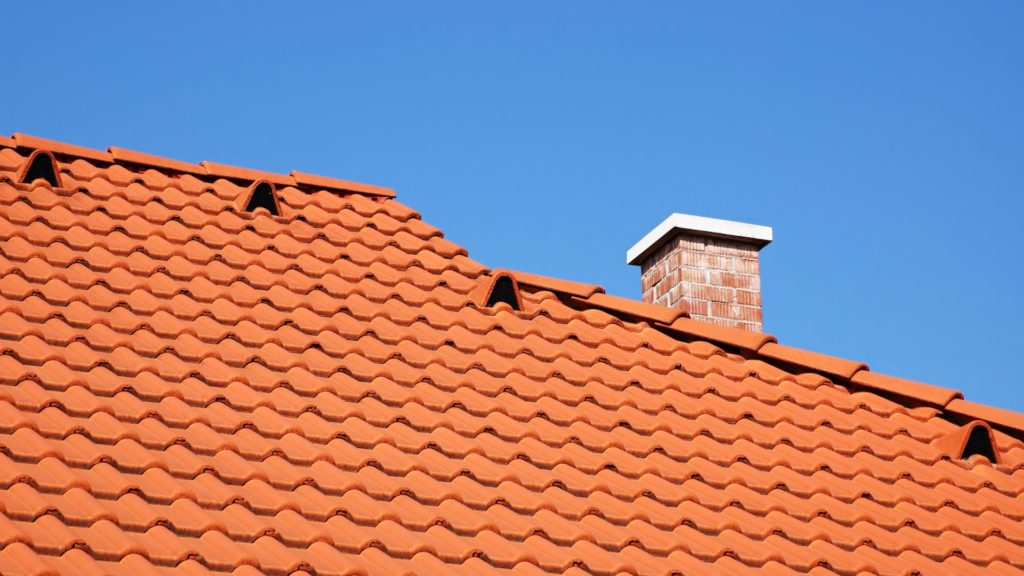Living on the Sunshine Coast is a dream for many with golden beaches, lush hinterlands, and a laid-back Queensland vibe. But the paradise comes with a catch i.e. the region’s wild weather. From blistering summer sun to sudden tropical storms, your coastal home’s roof can take a beating throughout the year.
For homeowners, keeping that roof in good condition isn’t just about aesthetics; instead, it’s about providing protection, peace of mind, and preserving Sunshine Coast bliss. So, how do you prepare your roof for anything that Mother Nature throws at it? Please check out the challenges and solutions to ensure that your home weathers during the storm:
The Sunshine Coast Weather Challenge
The Sunshine Coast’s climate conditions seem like a rollercoaster. Summers bring intense heat and UV rays that can fade and crack roofing materials. The wet season brings in torrential rains, high winds, and the occasional cyclone rolling in from the Coral Sea. You can add in the salty air from the coast that can make for wear and tear.
However, your roof can face a unique combo of sun, salt, and storms. Ignoring these elements can cause leaks, corrosion, or worse i.e. a costly replacement when you least expect it. A well-prepared roof is a necessity. Here’s how to get yours ready for anything.
Know Your Roof’s Weak Spots
Every roof on the Sunshine Coast, the culprits are predictable. Tiles can crack under heat or change in strong winds. Metal roofs are popular for their durability and might rust because of salty breezes. Gutters clog with leaves from those towering gums and can turn a downpour into a rooftop waterfall. You can inspect your roof or hire a professional to do it. You should look for loose tiles, rusted patches, or debris buildup. A small issue can balloon into a big one when the next storm hits.
Protect Against the Sun
The Sunshine Coast lives up to its name with over 280 sunny days throughout the year. That’s perfect for beach trips; but vulnerable on your roof. UV rays can break down materials over time as tiles fade, metal expands and contracts and asphalt shingles dry out. If you can fight back, you can consider a roof coating. Reflective coatings can keep sunlight away; make your home cooler and your roof less stressed. You can apply a rust-resistant paint layer on metal roofs that can add years of life.
Lighter shades might deflect heat better than dark ones; but a trick worth noting if you’re replacing your roof. You should never skip maintenance as regular cleaning can eliminate dirt that traps heat and gives your roof a chance against the Queensland sun.
Storm-Proof Your Structure
When a storm rolls in—whether it’s a fast squall or a full-blown tropical blow, your roof should stand firm. High winds can lift tiles or tear off flashing and the heavy rain can test every seam. You can secure loose tiles with adhesive or clips, and check whether the metal sheets are tightly fastened. Flashing around chimneys and vents should be watertight and silicone sealant can make the right choice.
Gutters and downpipes can protect your roofing. Clogged ones overflow and send water under your roofline. You should clean them out quarterly, especially after storms drop branches and leaves. For additional protection, you can install gutter guards as less debris means less hassle. And if you’re in a cyclone-prone spot, you can discuss with a roofing expert about wind-resistant upgrades. Stronger fixings or aerodynamic designs can make a significant difference.
Struggle with the Salt Air
Living near the coast means salt is your roof’s silent enemy. It settles on surfaces, speeds up corrosion on metal and erodes tile coatings. The fix is to rinse it off. A gentle hose-down every few months can wash away salt buildup, especially after windy days. The corrosion-resistant coating (like zinc-aluminium alloys) can make a smart investment for metal roofs.
If your roof’s showing rust spots or peeling paint, you should act fast. You can sand down the damage, apply a primer, and top it with weatherproof paint. Proactive care can keep salt from turning a minor flaw into a major repair.
Invest in Quality Materials
Not every roof is created equal and on the Sunshine Coast, quality matters. Terracotta tiles are strong against heat and salt but can crack in storms. Metal roofs can handle wind well and resist rust if they are maintained. Slate’s a good quality pick for durability, though it’s expensive. Whatever your material, you can choose products rated for coastal climates.
If your roof’s nearing its end (most last 20-30 years), you can consider a complete refresh. A storm-ready roof can save you from emergency fixes later.
Call in the Experts
Climbing onto a steep roof in humidity or patching leaks before a storm isn’t just tough—it’s risky. Local roofing professionals know the Sunshine Coast’s quirks, which range from cyclonic winds to salt corrosion. They’ll spot issues that you might miss and fix them right. You can schedule an annual check-up for your home. Post-storm inspections can make the smart choice as hidden damage like lifted tiles can lurk until the next rain exposes it.
The Payoff – A Roof That Lasts
Why do you go to all this effort? A storm-ready roof no longer needs you to dread the forecast or scramble for buckets when it pours. A well-prepped roof reduces repair costs, boosts your home’s value, and keeps your family safe. Just imagine sipping coffee on your Sunshine Coast verandah, rain hammering down, knowing your roof has got everything covered. That’s the reward.
How to Make It Happen?
You can check your roof this weekend and look for cracks, rust, or clogged gutters. Schedule a professional for roof restoration in Sunshine Coast through URB’n Roofing Sunshine Coast for a deeper dive if you’re unsure. If a storm’s brewing, you need to check loose spots and clear debris. Small steps can give you big wins when the weather turns.
The Sunshine Coast’s wild elements—sun, storms, and salt—are the integral aspects of its charm. So, you should stay ahead, and let your coastal home stand strong, no matter what rolls in from the horizon.



